SEAS 150th Anniversary: APAM Department Timeline
Jun 17 2014
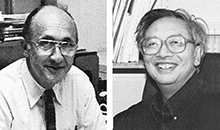 1961 1961 Founding faculty, including Robert Gross & C.K. (John) Chu, establish the Plasma Physics Laboratory, beginning a long & prominent tradition at the forefront of high-temperature & fusion plasmas aided by a major expansion of APAM’s fusion efforts in 1975. |
|
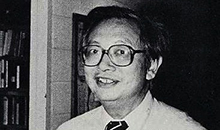 1968 1968 Helping to unlock the secrets of phenomena that had puzzled scientists for centuries, C.K. Chu develops finite difference approximations of the equations of fluid dynamics & coins the now-standard phrase, “Computational Fluid Dynamics.” |
|
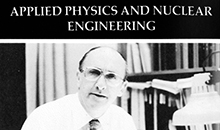 1978 1978 Dean Peter Likins’ proposal combines the Plasma Physics Committee, an interdepartmental doctoral program, with the existing Division of Nuclear Science & Engineering to form the Applied Physics & Nuclear Engineering (APNE) Department. |
|
 1984 1984 C.K. Chu spearheads the department’s expansion into solid state physics & applied mathematics. In 1990, the nuclear engineering program ended, & APNE became the Department of Applied Physics. |
|
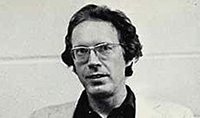 1985 1985 Thomas Marshall, a pioneer in developing free electron lasers, publishes the first book on this subject. |
|
 1988 1988 Gertrude Neumark develops & patents the process of non-equilibrium doping that enables significant advances in light-emitting & laser diodes, particularly in the blue-green region, which many companies later use to improve consumer products, including to develop sharper laser printers, increased-capacity DVDs, & better traffic lights, mobile-phone screens & flatscreen TVs. |
|
 1990 1990 Michael Mauel & Gerald Navratil conduct the first joint experiments with the Tokamak Fusion Test Reactor at the Princeton Plasma Physics Laboratory (PPPL) & achieve the highest poloidal beta operation of a tokamak. In 1993, they participate in the world’s first demonstration of fusion energy production using a deuterium-tritium plasma in the PPPL’s Tokamak Fusion Test Reactor. |
|
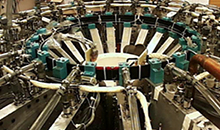 1993 1993 Gerald Navratil & Michael Mauel complete the High Beta Tokamak-Extended Pulse (HBT-EP), the third & largest in a series of tokamaks built at Columbia. |
|
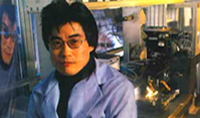 1996 1996 James Im receives the first of many patents on advanced laser-crystallization of silicon thin films. This technology makes possible high-resolution screens featured in products manufactured by Apple, Samsung, Blackberry, & Nokia, among others. |
|
 1998 1998The Applied Physics Department changes its name to the Department of Applied Physics & Applied Mathematics (APAM) to reflect the faculty’s commitment to disciplines on a scale made possible by The Fu Foundation’s generous endowment to the School. |
|
 1998 1998Horst Stormer shares the Nobel Prize in Physics with two others “for their discovery of a new form of quantum fluid with fractionally charged excitations,” the fractional quantum Hall effect. |
|
 1998 1998The National Science Foundation establishes the Materials Research Science & Engineering Center (MRSEC) on nanostructured materials at Columbia, which helps set the stage for Columbia’s prominence in nanoscience; Irving Herman is named director. |
|
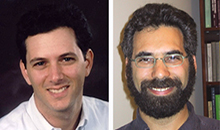 2000 2000APAM expands its role in mathematical earth science by creating two jointly budgeted faculty members with the Department of Earth & Environmental Sciences (DEES) in the Graduate School of Arts & Sciences, Adam Sobel and Marc Spiegelman. |
|
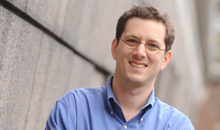 2000 2000 Adam Sobel develops the weak temperature gradient approximation method for modeling tropical precipitation, revolutionizing scientists’ understanding of tropical weather patterns & opening a new avenue for computer modeling & simulation. |
|
 2000 2000 Dean Zvi Galil places the Materials Science & Engineering Program of the Henry Krumb School of Mines within APAM, thereby creating a collaborative, multidisciplinary department with research interests in applied physics, applied mathematics, & materials science & engineering. |
|
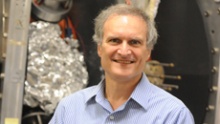 2002 2002Gerald Navratil extends Columbia’s active feedback stabilization for tokamaks to the General Atomics DIII-D tokamak, bringing practical fusion energy a step closer, & which leads to his sharing the 2007 Dawson Prize for his pioneering work. |
|
 2007 2007Latha Venkataraman transforms break junction measurements into a reliable procedure, setting the stage for her important discoveries that have advanced understanding of the electrical conductance of single molecules. |
|
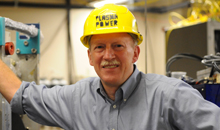 2010 2010 Making an advance with extensive research applications, Michael Mauel & collaborators at MIT demonstrate that the plasma physics of planetary magnetospheres can be reproduced in laboratory settings by magnetically levitating a million ampere superconducting current ring for a number of hours. |
|
 2011 2011Lorenzo Polvani shows the first link between ozone depletion & climate change in the Southern Hemisphere, which follows his 2008 study suggesting that winds in the Southern Hemisphere will be greatly impacted by the projected recovery of the ozone hole in the latter 21st century. |
|
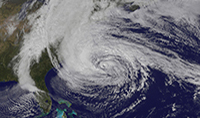 2012 2012Adam Sobel takes a leading role explaining the science behind Superstorm Sandy to the media & the public, & embarks upon research exploring Sandy’s relationship to our present climate & what is likely to happen in the future. |
Special thanks to Prof. Irving Herman for compiling this timeline, as well as the school’s time capsules on the SEAS 150th website:
http://seas150.columbia.edu/multimedia
